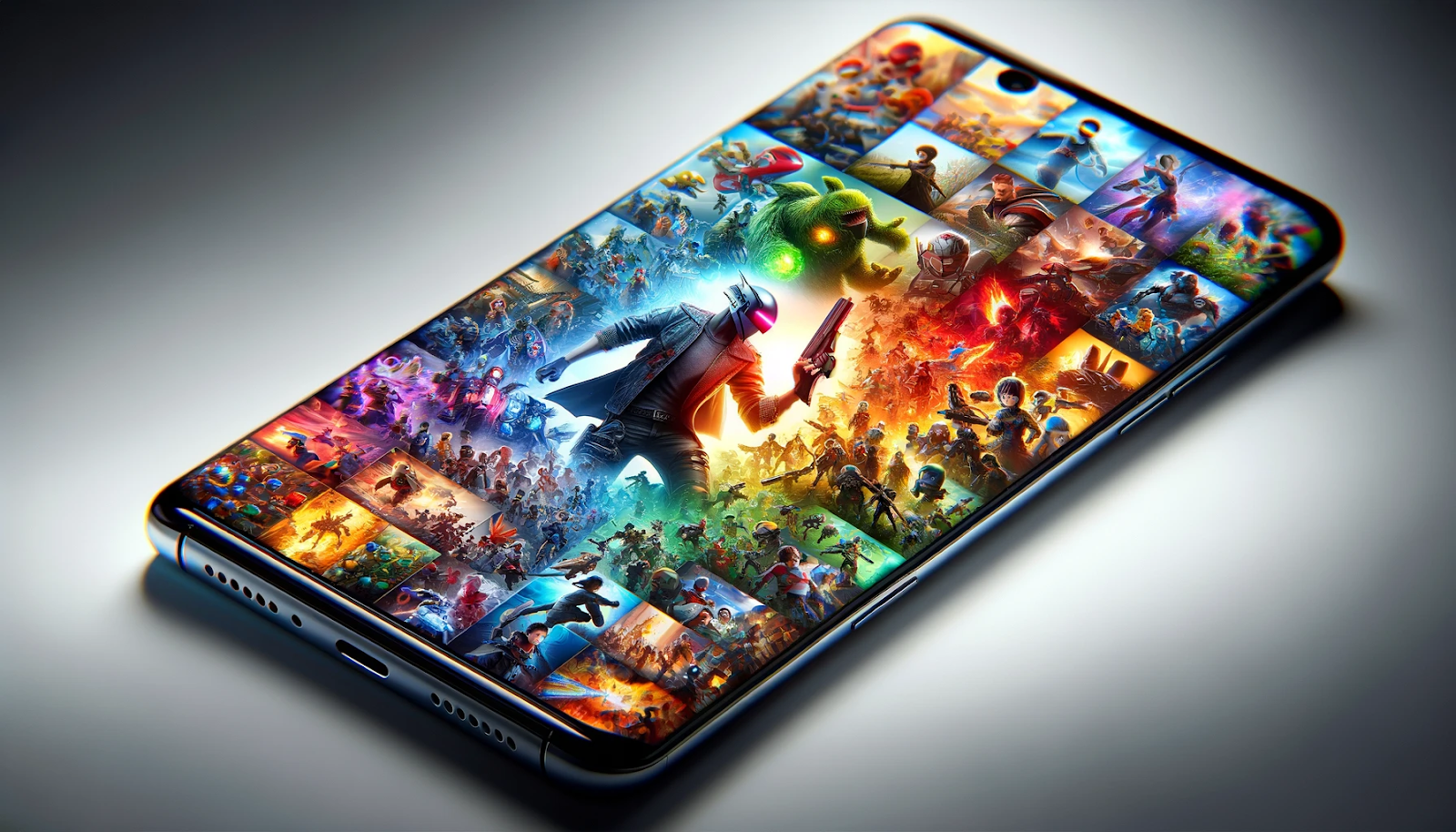The Rise of Smartphones and App Stores
Prior to 2007, mobile games were limited to basic pre-installed titles on feature phones with small monochrome or color screens. This changed with the launch of the iPhone and its capacitive touchscreen alongside the App Store allowing anyone to develop and publish iOS games. Shortly after, Android phones with similar app stores capabilities emerged, opening floodgates for mobile game development and distribution. The accessibility and mass adoption of smartphones suddenly allowed for tap, swipe and tilt controls that were impossible on old keypad phones.
Changing Game Design for Touchscreens
Early smartphone games were ports of classic arcade and console titles like Pac Man that adapted existing gameplay to touch controls. Soon developers began designing games tailored for bite-sized mobile play sessions throughout the day and public settings. With limited screen real estate compared to PCs and TVs, user interfaces were radically simplified. Mobile gameplay came to emphasize shorter levels, one-touch or tilt controls, portrait orientation, replayability and gameplay modes for both concentration and absent-minded distraction.
F2P, Microtransactions and the Rise of Casual Gamers
Attracting smartphone owners unfamiliar with gaming and reluctant to pay became imperative. Games with colorful art and friendly appealing characters targeted wider demographics beyond traditional hardcore gamers. With no need to purchase a console, the audience scale was unprecedented. Free-to-play releases with integrated stores selling items or upgrades within games became the dominant model over premium upfront purchases. Simple yet hard-to-master experiences like Angry Birds, Candy Crush and Clash of Clans hooked millions with their gameplay loops optimized to compel repeated microtransaction purchases. The casual gaming market was here to stay.
Multi-touch Innovation and Mobile Gameplay Classics
Developers found creative ways to incorporate multi-touch gestures into mobile gameplay. Slice fruit in Fruit Ninja with swipes. Guide birds to pigs in Angry Birds with touch trajectory controls. Doodle jumps in Doodle Jump by tilting phones. Navigate imaginative worlds in Monument Valley by tapping and rotating paths. Clear candy by matching tiles. The intuitive interfaces blended with addictive challenge made these mobile classics whose success spawned numerous clones and derivatives. Portable touch gaming gained its own gameplay language far from console conventions.
The Continued Rise of Mobile Gaming
Over a decade since the iOS App Store debut, mobile gaming continues to thrive. Global revenue has long surpassed dedicated gaming handhelds and even console and PC gaming. Short session times cater perfectly to on-the-go lifestyles with smartphones always within reach. While graphics and processor power continue to impress with each hardware generation, innovative gameplay concepts remain at the core. With AR and 5G on the horizon, the future remains bright for mobile gaming as the gateway to interactive entertainment for people worldwide.
